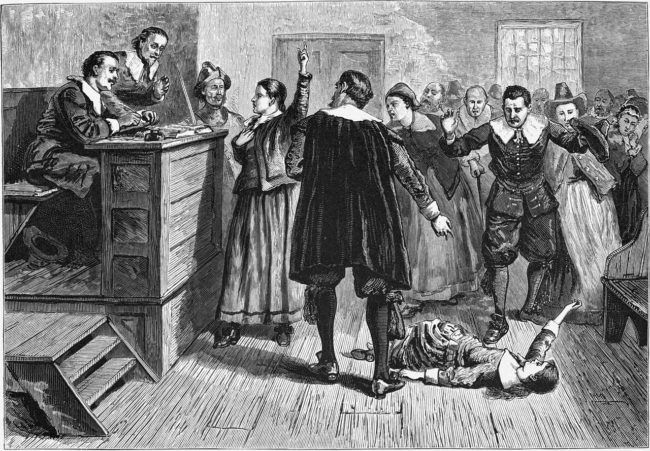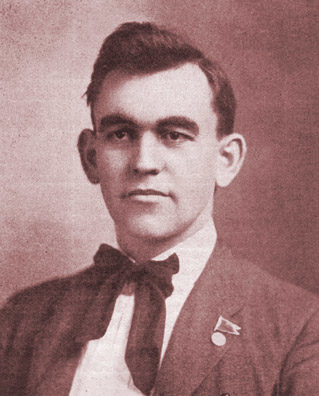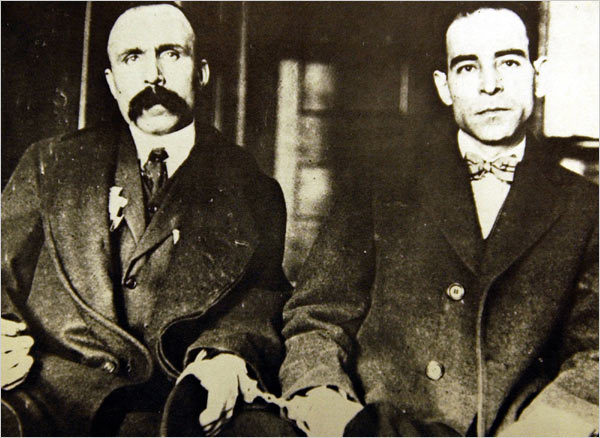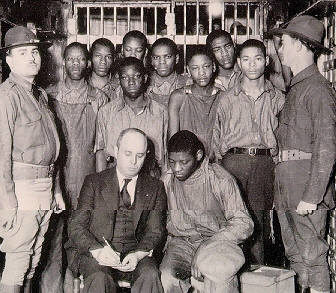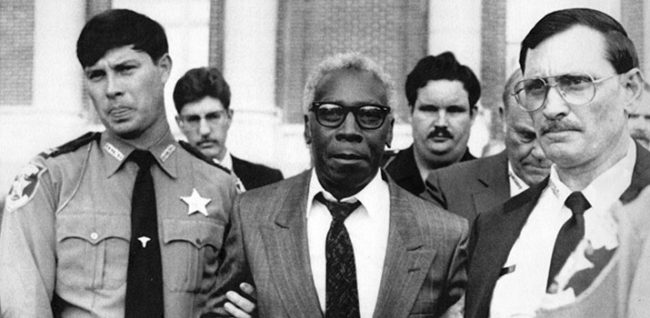In 1985, Steven Avery was arrested by the Manitowoc County police department in Wisconsin for the sexual assault of a woman named Penny Beernsten. It wasn’t until 2003, however, that Avery was released from prison after DNA evidence proved that the culprit was another man.
Avery is, of course, tied to another case that was made popular by the Netflix series Making a Murderer, and whether or not you believe that Avery committed this particular crime, you have to fault the American justice system for keeping an innocent man incarcerated for 18 years. And this isn’t the first time it’s happened, either. Far from it, in fact. Here are some of the worst wrongful convictions that have ever occurred in the United States.
The Salem Witch Trials, 1692.
In 17th-century Massachusetts, people feared witchcraft and the dark arts more than anything. The result was the wrongful execution of 20 people from the province of Massachusetts Bay. It wasn’t by chance that most of these people were women. Most aspects of womanhood were tragically a mystery to the hyper-religious Puritanical government. Some of the “witches” were exonerated in the 18th century, but not all. It wasn’t until 2001 that a governor proclaimed that everyone prosecuted in the Salem Witch Trials was innocent. It’s sad that this didn’t occur until three centuries after they were put to death.
Thomas Mooney and Warren K. Billings, the alleged Preparedness Day Bombers, 1916.
In honor of America’s entry into WWI in 1916, the Preparedness Day Parade was held in San Francisco. During the festivities, a suitcase bomb was detonated, killing 40 people. Many suspected that the leftist Labor Party was behind the attacks and immediately arrested two of its leaders, Thomas Mooney and Warren K. Billings. After an almost hilariously unfair trial (one of the witnesses claimed to have astral-projected her spirit to the scene, for example), the two served over two decades in jail before Mooney filed a habeas corpus and the Supreme Court ruled to release them.
Sacco and Vanzetti, 1921.
The conviction of these two Italian-born anarchists for the murder of two employees during the armed robbery of the Slater and Morrill Shoe Company in Massachusetts was basically the Making a Murderer of the 1920s. Famous writers from all over the world pondered their innocence, since there was very little evidence against Nicola Sacco and Bartolomeo Vanzetti. Much of the court deliberations were over the length of Vanzetti’s mustache. In the end, they were convicted and executed because of their anarchist leanings and their Italian heritage. Governor Michael Dukakis declared that the two were innocent in 1977, but they were never legally exonerated.
The Scottsboro Boys, 1931.
Nine black teens were accused of raping two white women on a train in Alabama in 1931. In classic Southern fashion, a lynch mob gathered the boys before indictment, and the boys were set in front of an all-white jury. After reaching both the State and Supreme Courts, the case returned to the lower court, where despite one of the victims admitting to fabricating the story, only four of the nine had their charges dropped. One of the four was pardoned by Governor George Wallace in 1976, but the other three weren’t pardoned until 2013.
James Joseph Richardson, 1967.
In 1967, a Florida father was charged with poisoning his seven children, and he served 21 years in prison. It wasn’t until his neighbor Bessie Reece developed Alzheimer’s disease and admitted to the murders over 100 times to her caregivers that Richardson was set free. Reece was strangely not investigated back in 1967, despite being the last to see the children alive…and being on parole for poisoning her husband to death. Richardson was exonerated in 1989 and is expected to receive $1.2 million from the state.
The Kern County child abuse cases, 1980s.
The Kern County, California, cases began the infamous “daycare sexual abuse hysteria,” which was a blatant witch hunt that took place in the 1980s. At least 36 daycare workers were charged with being part of a Satanic pedophile ring. Sixty children testified that they were being sexually abused, and despite having little physical evidence, the adults were charged. But in the end, 34 of the convictions were overturned (the other two convicts died in prison). District Attorney Ed Jagels led the witch hunt, but weirdly wasn’t forced to leave office until 2009.
As much as we marvel over the peculiar nature of the Avery trials, just by briefly scanning the lengthy Wikipedia list of wrongful convictions in America, you get the impression that this sort of thing happens way more often than you might have thought. Whether Steven Avery is guilty of the Halbach murder or not, the Making a Murderer series does a great job laying out the weaknesses in America’s justice system.
